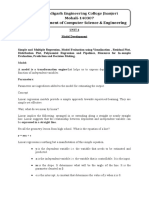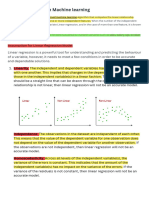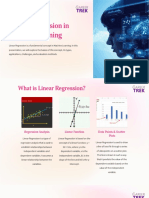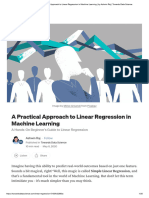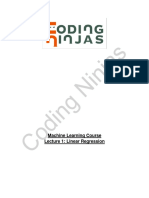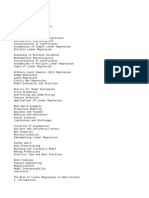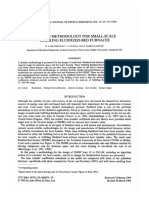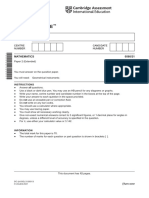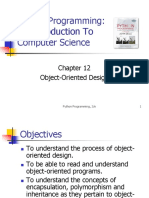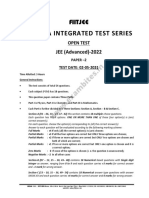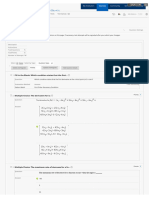0% found this document useful (0 votes)
14 views10 pagesSolving One Variable Linear Equations
Linear regression is an algorithm that establishes a linear relationship between independent and dependent variables for predicting outcomes. It is easy to implement, interpretable, scalable, and optimal for real-time applications. Various types of linear regression exist, including simple, multiple, logistic, ordinal, and multinomial logistic regression, making it a fundamental tool in predictive analytics and machine learning.
Uploaded by
Jay MupadaCopyright
© © All Rights Reserved
We take content rights seriously. If you suspect this is your content, claim it here.
Available Formats
Download as PDF, TXT or read online on Scribd
0% found this document useful (0 votes)
14 views10 pagesSolving One Variable Linear Equations
Linear regression is an algorithm that establishes a linear relationship between independent and dependent variables for predicting outcomes. It is easy to implement, interpretable, scalable, and optimal for real-time applications. Various types of linear regression exist, including simple, multiple, logistic, ordinal, and multinomial logistic regression, making it a fundamental tool in predictive analytics and machine learning.
Uploaded by
Jay MupadaCopyright
© © All Rights Reserved
We take content rights seriously. If you suspect this is your content, claim it here.
Available Formats
Download as PDF, TXT or read online on Scribd
/ 10











